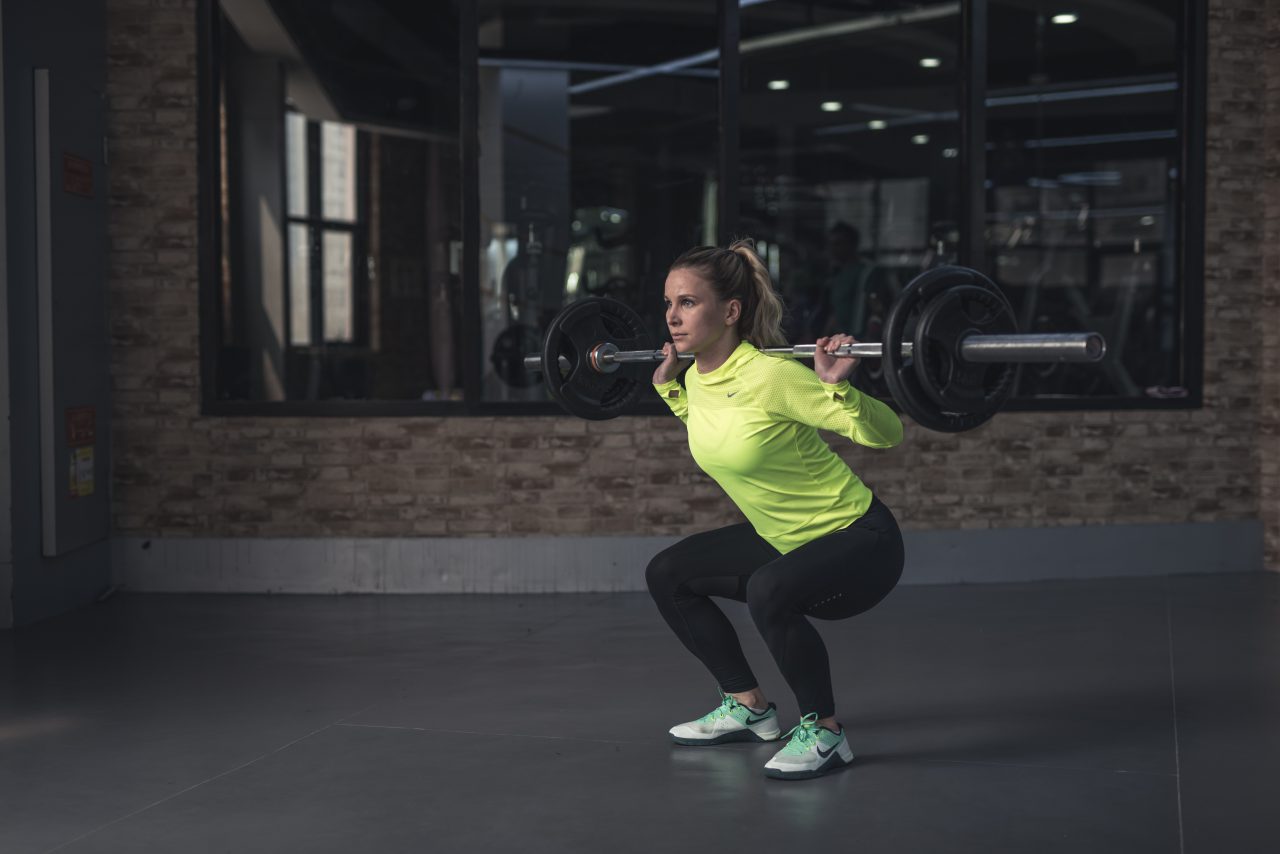
In weightlifting, there are two types of lifts: compound & isolation
A compound lift is a multi-joint exercise that utilizes multiple muscle groups to perform the movement successfully. An example of this would be a barbell deadlift.
An isolation lift, on the other hand, is a movement that places the focus on a specific muscle group, with little help from any other muscles. An example of this would be a bicep curl. When done correctly, a deadlift will recruit your hamstrings, glutes, back, hips and traps. A bicep curl targets, unsurprisingly, the bicep. Both should have a place in your programming, but one should definitely take precedent over the other. I think you can see where I’m going with this.
The vast majority of your time in the gym should be focused on improving your compound lifts
These are the types of movements that will encourage lean mass gains, as well as strength gains. The best course of action is to perform these movements at a low rep range while implementing progressive overload strategies.
Now, where do isolation exercises fall in your training?
Well, let’s say you’re performing a “pull” day and you’ve already performed your deadlift & row working sets. Due to the high stress these lifts place on the nervous & musculoskeletal system, there won’t be much energy left to perform another one of these intense movements.
This is where your isolation exercises should fall. As an example, after deadlifts and rows, you could then finish off your workout with rear delt raises, single-arm dumbbell rows and barbell shrugs. That’s because these smaller targeted muscle groups are typically up to a little more volume after your big lifts have been completed.
This is the ideal way to train when it comes to stimulating growth and strength. Prioritize your multi-joint compound movements, while leaving a little room for some bonus isolation exercises to ensure all your bases are covered, and proper volume is administered.



